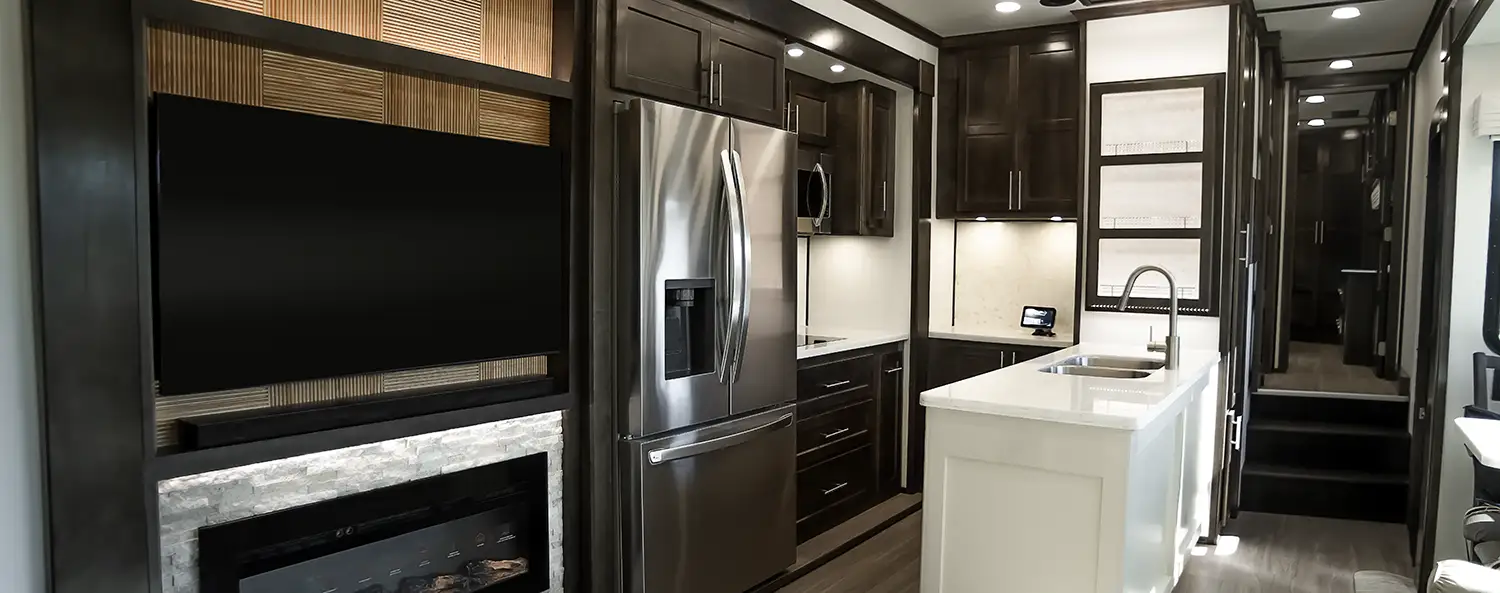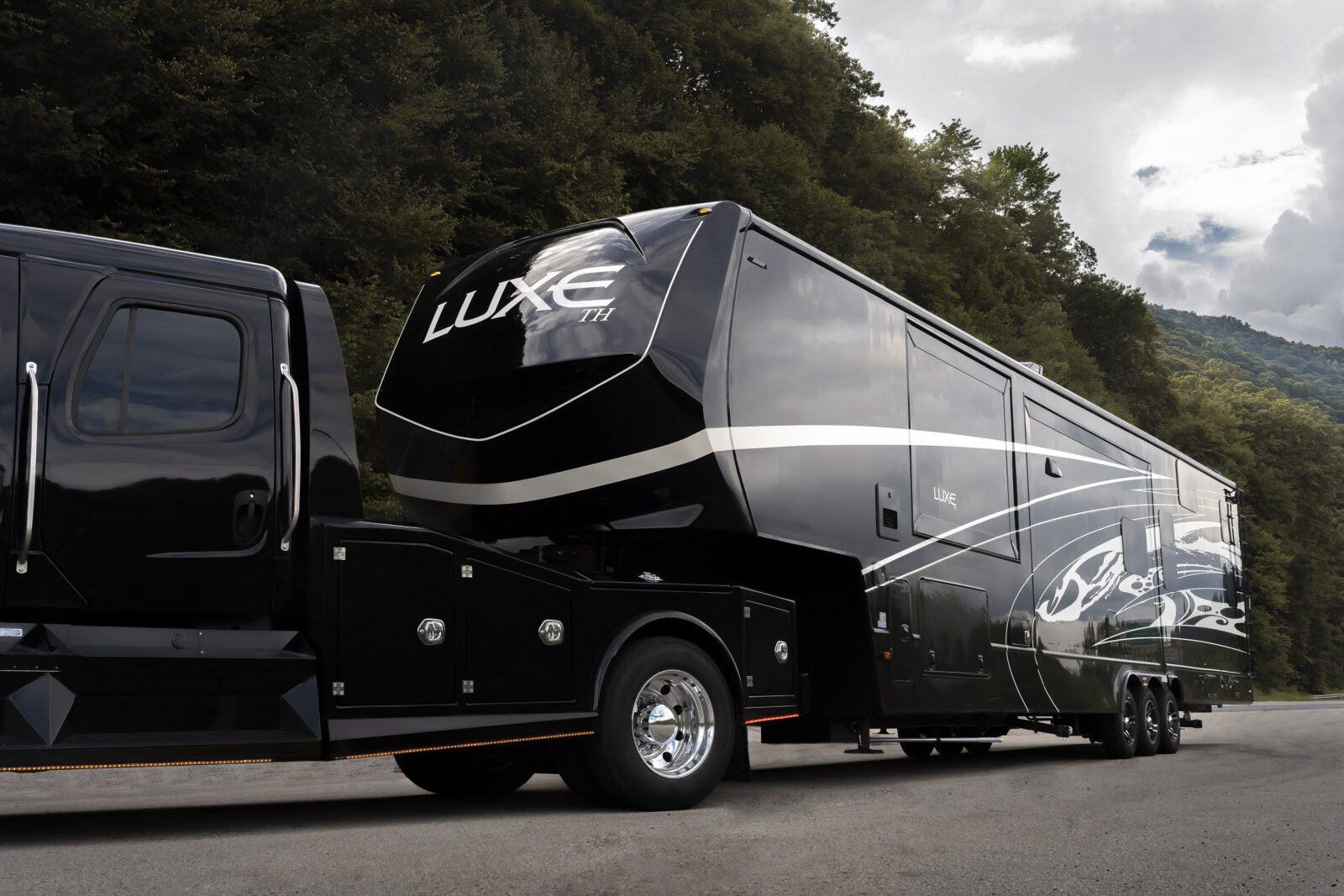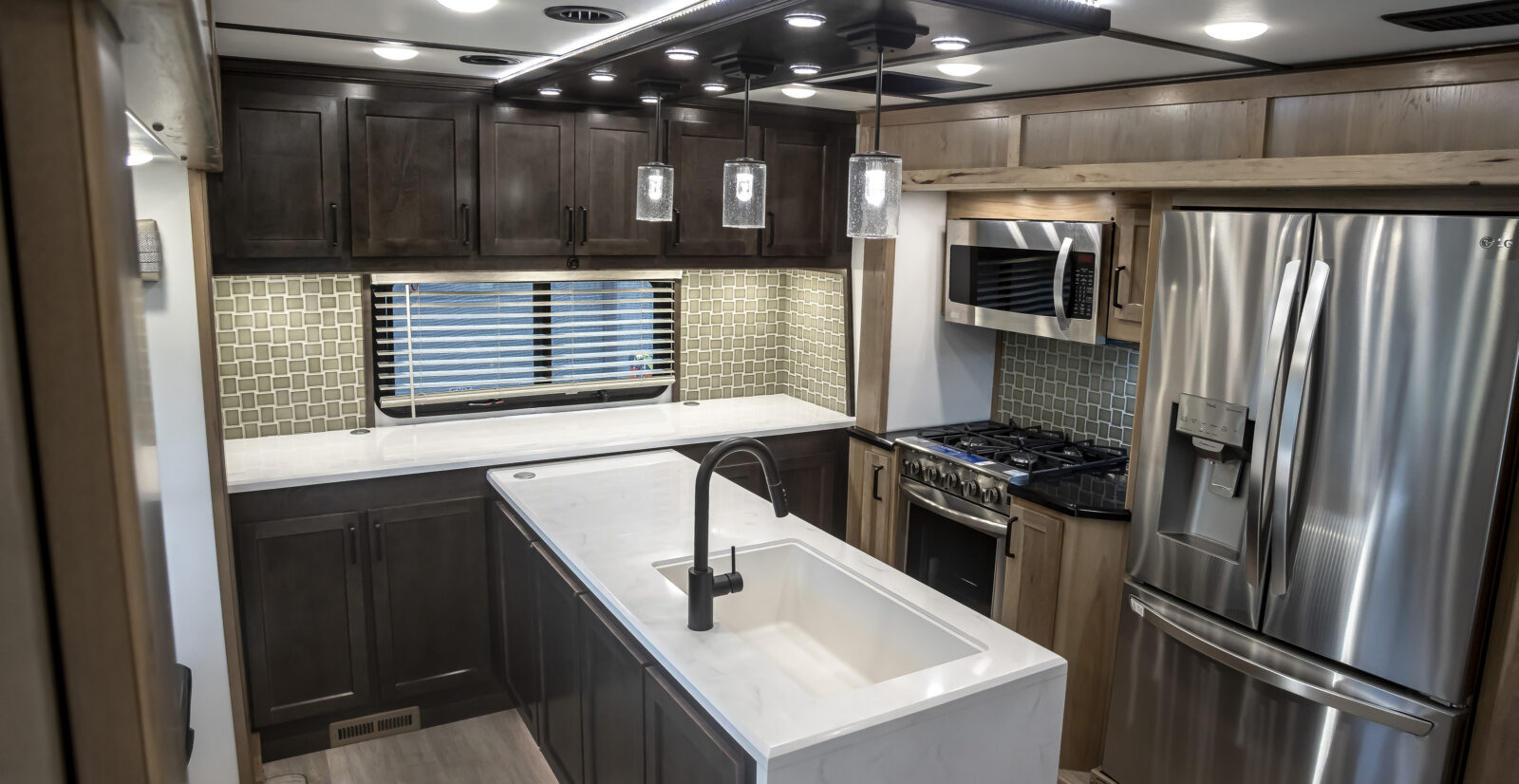Understanding RV Insulation: R-Values in Four-Season Recreational Vehicles
When it comes to enjoying the great outdoors all year round in your recreational vehicle (RV), the importance of proper RV insulation is paramount. RV insulation directly impacts your comfort throughout the seasons. However, navigating the complex realm of RV insulation and its associated R-values can be as tricky as traversing the wild west. The RV industry is overflowing with manufacturer claims that often confuse consumers. In this article, we’ll provide a comprehensive look at RV insulation R-values, debunking myths, and offering crucial questions to ask manufacturers when in search of the ideal four-season RV.
RV Insulation R-Values: The Wild West of Manufacturer Claims
It’s no secret that the RV industry is fiercely competitive. Manufacturers consistently aim to highlight the superiorities of their products, and one such area of contention is RV insulation R-values. While R-value measures an insulating material’s resistance to heat transfer, within the RV world, these values are often exaggerated, misrepresenting the actual insulation quality.
Common exaggerations involve manufacturers summing up the R-values based on the insulation layers within the RV. This calculation overlooks the assembly of these layers and their effectiveness. For instance, manufacturers might proclaim an R-40 rating for a 6-inch roof cavity. Yet, they don’t consider that the true R-value of the insulation material within a 5.5-inch space is around R-19 due to compression.
The Reflective RV Insulation Mirage
Manufacturers of RV insulation sometimes overemphasize the benefits of foil reflective materials. While these materials can indeed provide impressive R-values when paired with a sealed dead air space, achieving this setup in RV construction is challenging. Manufacturers might claim high R-values based on ideal conditions, even when actual designs don’t match up.
Busting the Two-for-One RV Insulation Myth
Yet another ambiguity in the RV insulation scene involves manufacturers stacking multiple insulation materials within a confined space for R-value calculations. This method can cause compression, reducing the insulation’s efficacy.
Seeking Truth Amidst RV Insulation Claims
For those shopping for a true four-season RV, it’s imperative to delve deeper than marketing materials. Always be inquisitive and demand clarity from manufacturers. When communicating with manufacturers, consider these pivotal questions:
- How do you determine the advertised R-values for this specific model?
- What insulation materials contribute to your calculations, and what’s their thickness?
- Is any RV insulation compressed, and if so, how much?
- Do you count reflective insulation in your calculations? What’s its sole R-value?
- Is there a sealed dead airspace next to the foil surface? What R-value is based on this?
- Do you combine multiple insulators in one space without accounting for compression?
- Can you share details about the RV insulation in the walls, roof, floor, end walls under the caps, and slide-out sections?
Conclusion: Knowledge is Your Best RV Insulation
In the realm of four-season RVs, understanding RV insulation is pivotal for year-round comfort. As you venture into purchasing, know that manufacturer R-value claims might not always be entirely transparent. Take the initiative to learn about RV insulation materials and techniques, ensuring your RV experience is as comfortable and informed as possible.

















